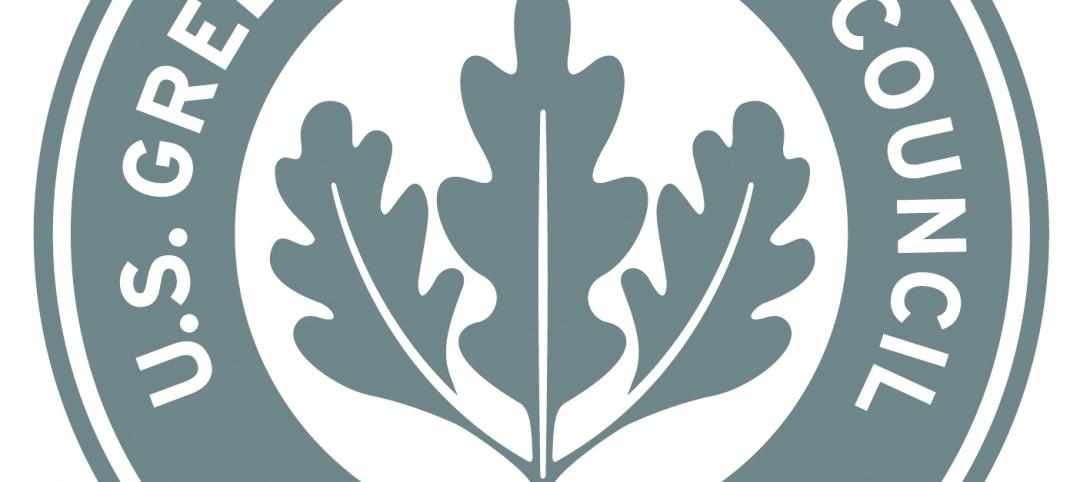Designers and restaurateurs are brainstorming design fixes to make restaurants safer amid the COVID-19 pandemic.
For example, MASS Design Group, an architecture and design collective that has worked with Partners in Health to create safe, sanitary spaces during infectious disease outbreaks around the world, released Spatial Strategies for Restaurants in Response to COVID-19. This white paper advises several measures such as establishing a clearly defined exchange zone for transition of food, supplies, and people to and from the front of the eatery to the back where the kitchen is located.
It also says that the six-foot social distancing rule isn’t practical inside of most restaurants because it would mean reducing capacity by half or more. Instead, when possible, dining space should be expanded outside into public spaces such as sidewalks, streets, and plazas.
In addition, restaurants should post visible documentation of new protocols including PPE, temperature tests, publicly accessible hand washing stations, ordering and processing, and social distancing to boost public confidence. Highly legible signage that directs and manages the flow of people, including floor and wall markings, would enhance appropriate physical distancing.
Related Stories
| May 31, 2012
Lawsuits push the legal boundaries of green building definition
This article explores some legal issues stemming from lawsuits in which plaintiffs have charged developers with not delivering on a promised level of sustainability.
| May 31, 2012
ANSI approves Green Building Initiative’s design standard
The Green Building Initiative (GBI), a Portland, Ore. nonprofit organization, has had its new consensus-based standard for the design, construction, and operations of environmentally friendly buildings approved by the American National Standards Institute (ANSI).
| May 31, 2012
USGBC testing Minnesota buildings to see if they are living up to LEED standards
The Minnesota chapter of the U.S. Green Building Council (USGBC) has teamed up with EnergyPrint, a St. Paul, Minn. energy consulting firm, to study the energy and water use of more than 150 buildings in the state that have LEED certification.
| May 29, 2012
Reconstruction Awards Entry Information
Download a PDF of the Entry Information at the bottom of this page.
| May 25, 2012
Major retail chains welcome LEED Volume option
Large national chains such as Starbucks, Marriott, Verizon, and Kohl’s are welcoming the LEED Volume Program that enables them to batch certify similar projects.
| May 25, 2012
Alaska’s okay of gravel aggregate with naturally occurring asbestos opens up development
Some long-delayed projects in the Upper Kobuk region of Alaska may now move forward thanks to legislation that allows construction in areas that have naturally occurring asbestos.
| May 25, 2012
Las Vegas building codes may thwart innovative shipping container development
A developer wants to build a commercial development out of steel shipping containers in Las Vegas, but city codes would have to be altered or the project would have to obtain waivers for it to receive the city’s go-ahead.
| May 25, 2012
Collapse of Brooklyn building that killed worker blamed on improperly braced frame
The Occupational Safety and Health Administration cited SP&K Construction with 11 safety violations, for which it could face more than $77,000 in fines.
| May 25, 2012
Study: Safety inspections don’t hurt the bottom line
A new study suggests that random safety inspections by regulators help reduce injury claims without hurting profits.










